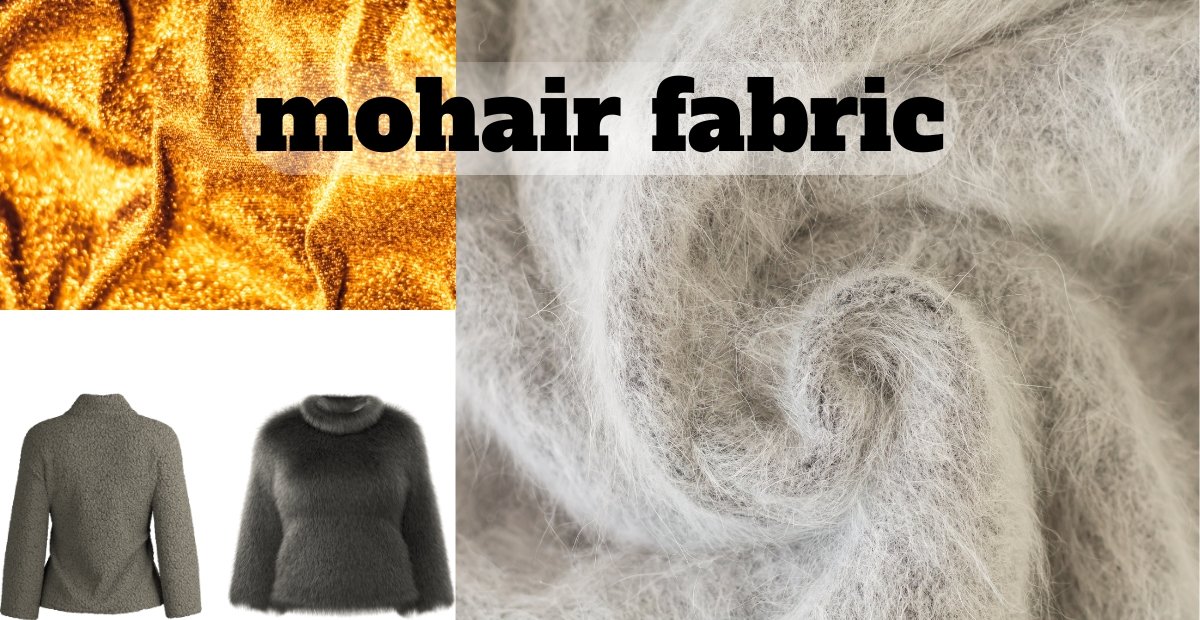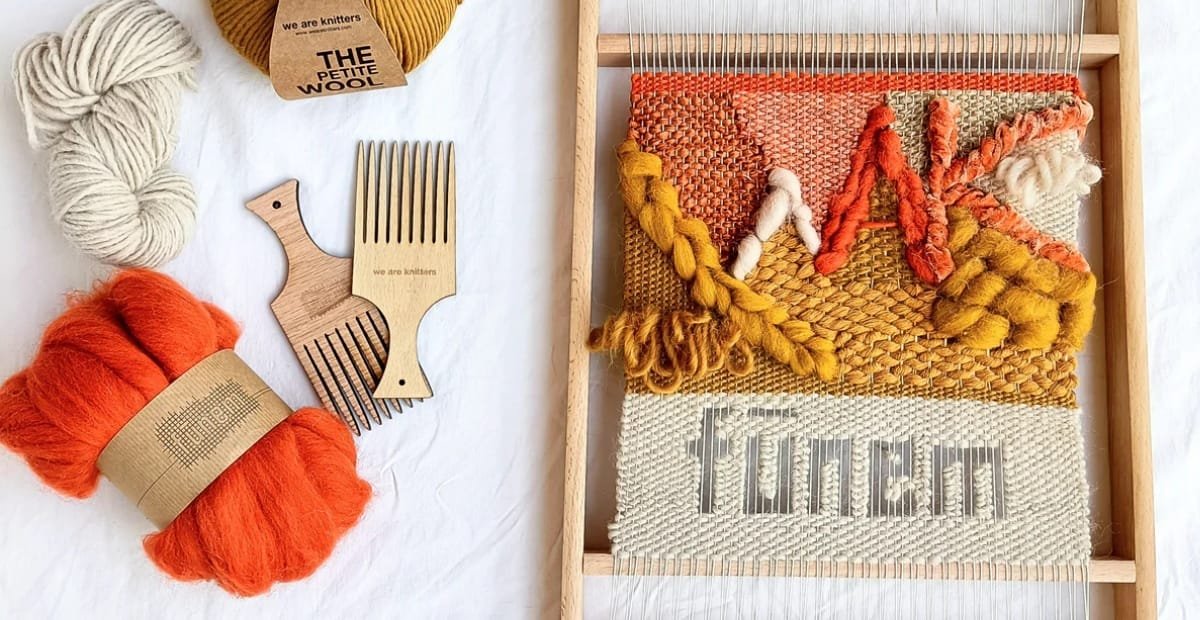Of all luxurious textiles, mohair wool fabric is appreciated for its luster, warmth and durability. It is often used for fashion and decor. Mohair is known as the “Diamond Fiber” and has been valued for hundreds of years. Designers and textile lovers appreciate its sheen, durability, vibrant absorbing qualities, and dye resilience.
History of Mohair Wool Fabric
Ancient Turkey, especially the Ankara region, is the birthplace of mohair wool fabric, and the home of the Angora goat. “Mohair,” comes from the Arabic word “mukhayyar,” which means “chosen” and “preferred,” a testimony of its ancient value and prestige.
Until the 19th century, Angora goats were owned only by Turkey. By the 19th century, Angora goats had spread to South Africa and the United States, and consequently commercial production of velvet wool fabric. South Africa is the leading producer of mohair fabric exportation and production.
Properties of Mohair Wool Fabric
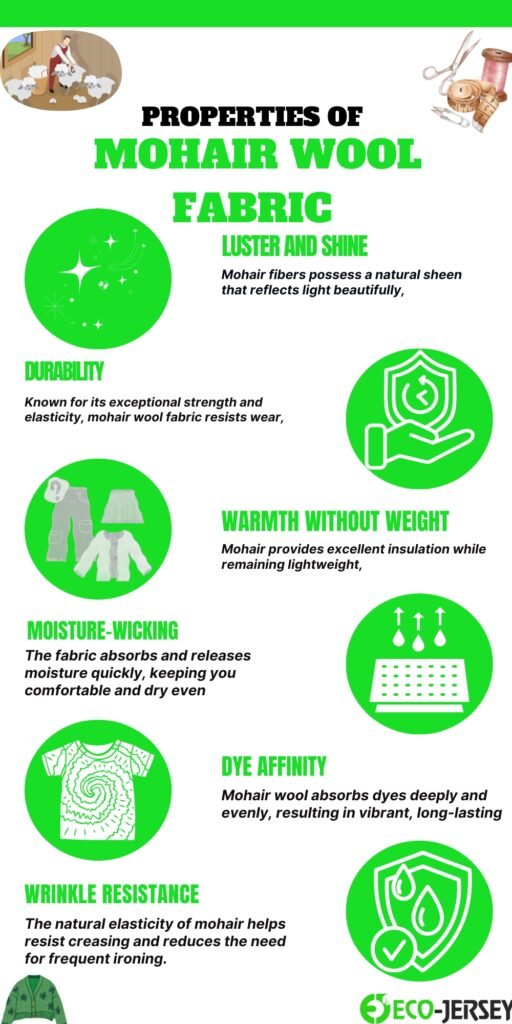
Mohair wol fabric is the most enchanting of natural fabrics for mohair wools fabric and its unique properties. Allow me to share the most significant:
1. Luster and Shine
Mohair fibers have a natural sheen that enhances their elegance. Unlike ordinary what is wool fabric reflects light beautifully, making fabrics appear more luxurious.
2. Durability
The fibers of mohair wol fabric are exceptionally strong and elastic. They resist wear and tear, ensuring that garments and home décor items last for years.
3. Warmth without Weight
Mohair excels at insulation without bulk. It helps you stay warm in winter while allowing you to feel light and free.
4. Moisture-Wicking
Mohair holds and absorbs moisture while drying very quickly, allowing you to stay dry in the shade and humid conditions.
5. Dye Affinity
Brilliant and long-lasting dye absorption is another trait that makes mohair wools fabric special.
6. Wrinkle Resistance
Mohair’s elasticity helps in stretching and aids in avoiding wrinkles, thus decreasing ironing frequency.
Types of Mohair Wools Fabric
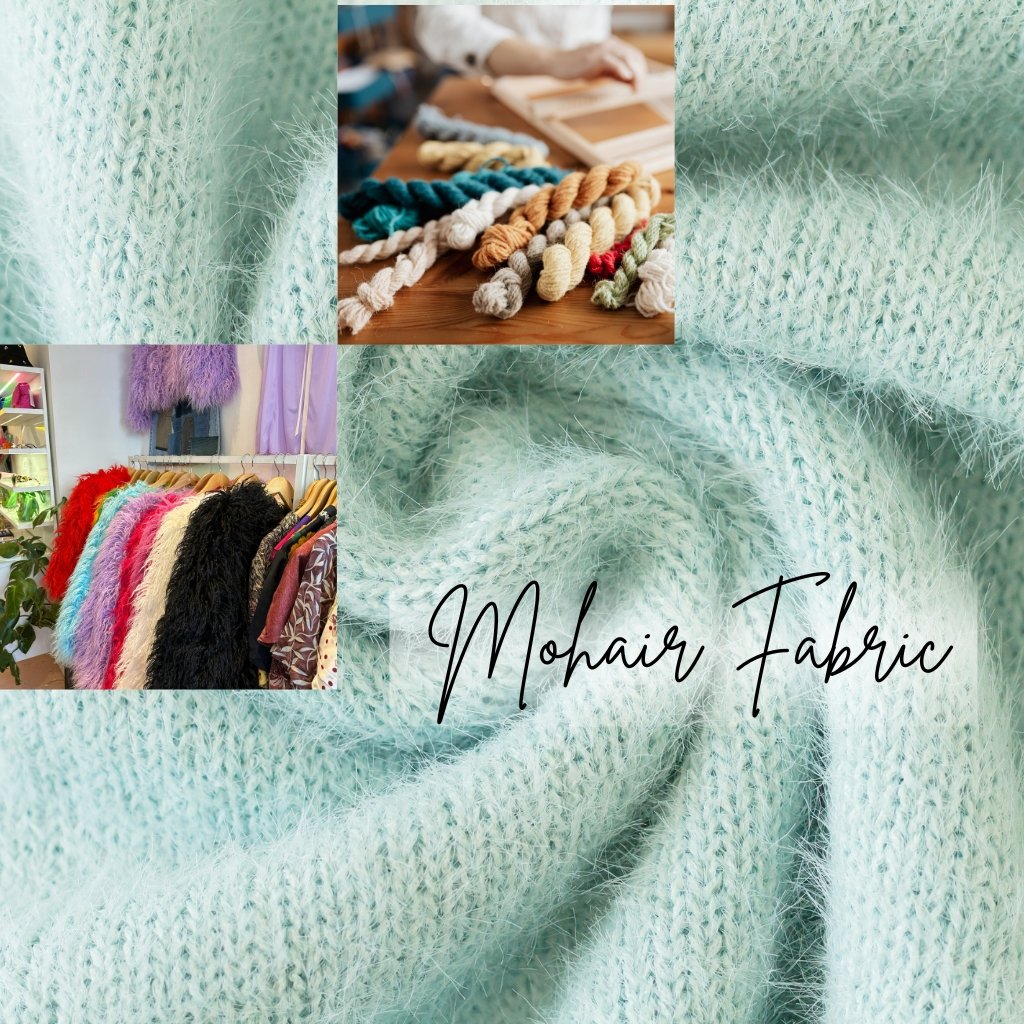
Fabric grades and blends vary, even though mohair is primarily produced from Angora goats.
- Kid Mohair: Softest and most luxurious coming from young goats, this is reserved for the most expensive garments.
- Adult Mohair: Slightly coarser, though still silky, is often used for men’s suits and coats, and home furnishing fabrics.
- Blended Mohair: Commonly mixed with wool fabric silk, or cheap synthetic fibers for cost and performance.
Each has its benefits, providing versatility for many different sectors.
Uses of Mohair Wool Fabric
Mohair wol fabric** is of high quality, has great durability, and of course, an elegant look and feel, and that’s why its uses are many.
1. Fashion Industry
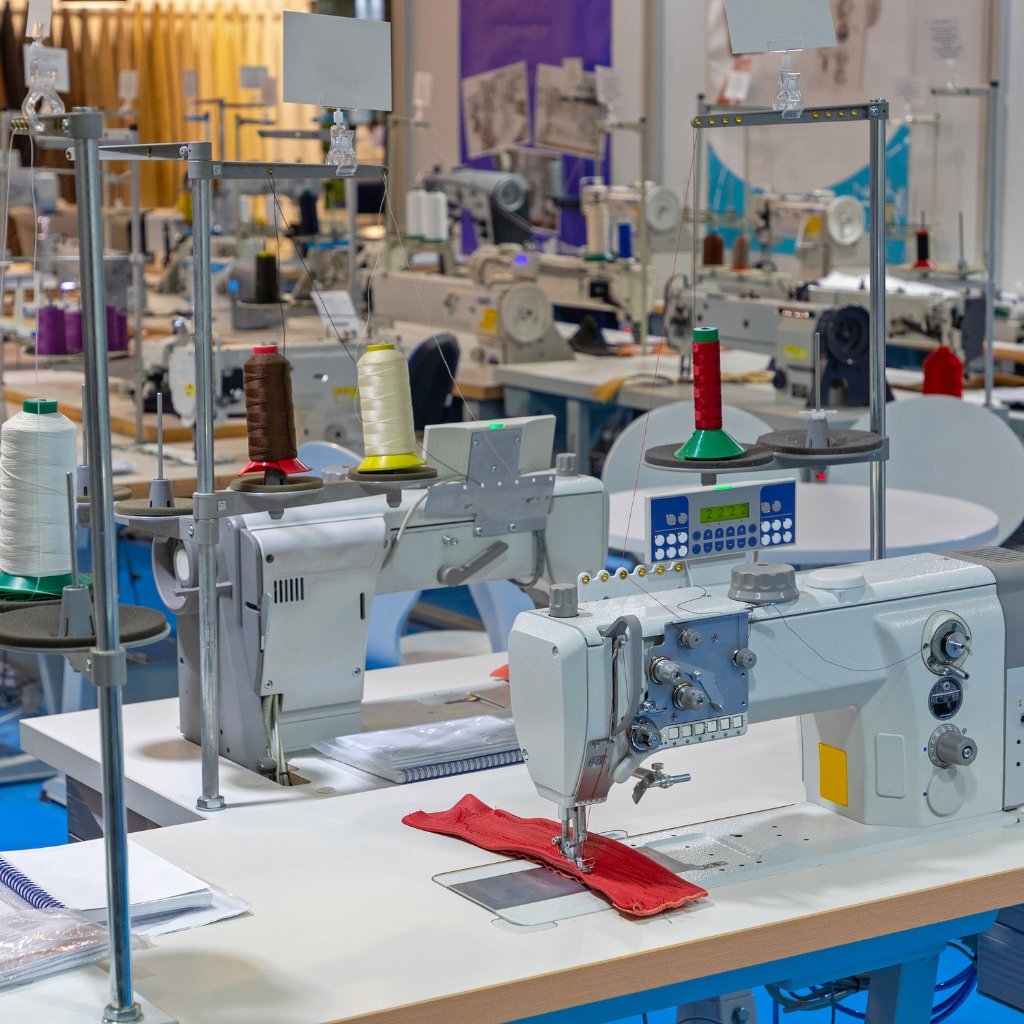
Mohair is frequently used in:
- Sweaters and cardigans.
- Scarves and shawls.
- High-quality suits and coats.
- Hats and gloves.
Designers love mohair because it holds shape well while offering a luxurious feel.
2. Home Décor

Beyond clothing, mohair finds its way into:
- Upholstery.
- Curtains.
- Carpets and rugs.
- Decorative throws.
Its sheen and durability make it perfect for adding elegance to interiors.
3. Industrial Applications

Because mohair wools fabric resists flame and moisture, it has niche applications in theater curtains, soundproofing materials, and even aviation upholstery.
Benefits of Mohair Wool Fabric
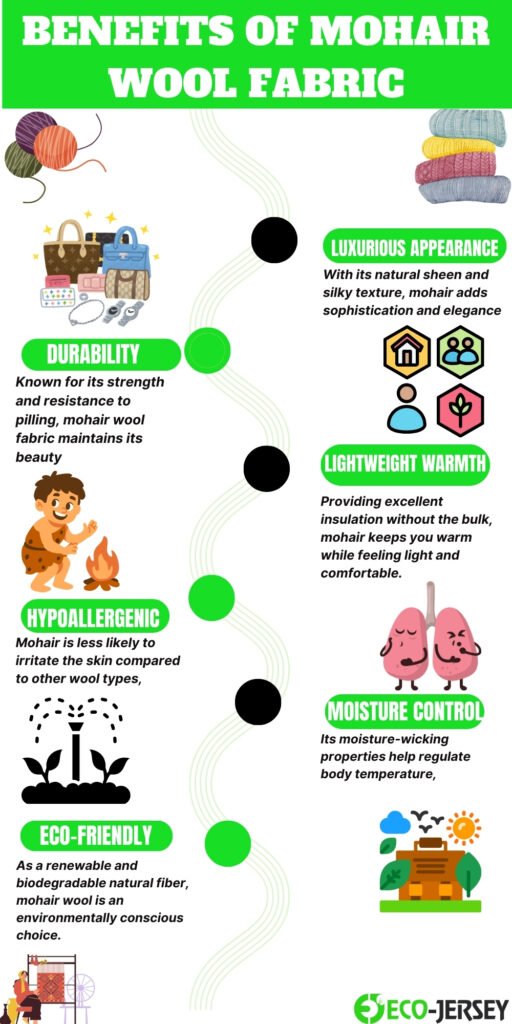
Understanding why mohair wol fabric remains popular requires looking at its advantages:
- Luxurious Appearance: Its sheen and soft texture offer sophistication.
- Durability: Long lasting and resistant to pilling.
- Lightweight Warmth: Insulating without being bulky.
- Hypoallergenic: Less likely to irritate skin compared to other wools.
- Moisture Control: Keeps you dry and comfortable in various climates.
- Eco-Friendly: As a natural fiber, it is renewable and biodegradable.
These benefits explain its continued demand in fashion and décor despite the rise of synthetic alternatives.
Downsides of Mohair Wool Fabric

Although mohair wool fabric has many advantages, here are some listed drawbacks:
- Cost: High-quality Mohair tends to be very expensive.
- Special Care: Certain pieces are marked dry clean only or must be washed with extra care.
- Limited Stretch: Less elastic than some synthetic materials.
Still, for those who appreciate luxury and durability, the benefits will much higher than the disadvantages.
Tips for Mohair Wool Fabric Care

To ensure mohair wool fabric holds its beauty and lasts for many years:
- Washing: For delicate items, hand washing with mild soap or professional dry cleaning is recommended.
- Drying: Flat drying is recommended away from direct sunlight and heat.
- Storage: For moth-proofing, breathable bags are recommended.
- Brushing: To preserve the natural sheen and texture, soft brushing is required.
These suggestions will ensure your mohair will continue to look fresh and elegant for many years.
Sustainability of Mohair Production
With a spotlight on sustainable practices, mohair wool fabric is renewable and eco-friendly. The fleece of Angora goats is produced each year, and responsible farming practices help reduce the environmental impact.Some producers follow ethical certifications, which ensures both animal welfare and ecological balance. To these consumers, mohair is quite an eco-friendly alternative.
Conclusion
Mohair wool fabric is all about luxury, durability, and appeal, which is also timeless. From Turkey enriching the mohair history to the modern world, it is ensconced in the fashion, home décor, and industry, adorning and winning the heart of the consumers, and all the designers.
FAQs
What is Mohair Wool Fabric made from?
Mohair wool fabric is made from the fleece of the Angora goat, known for producing strong, silky, and luxurious fibers.
What are the main benefits of Mohair Wool Fabric?
Mohair wool fabric is lightweight, warm, durable, hypoallergenic, and eco-friendly, making it ideal for clothing, upholstery, and accessories.
How do you care for Mohair Wool Fabric?
Hand wash with mild detergent or dry clean, lay flat to dry, and store in breathable bags to protect against moth damage.

